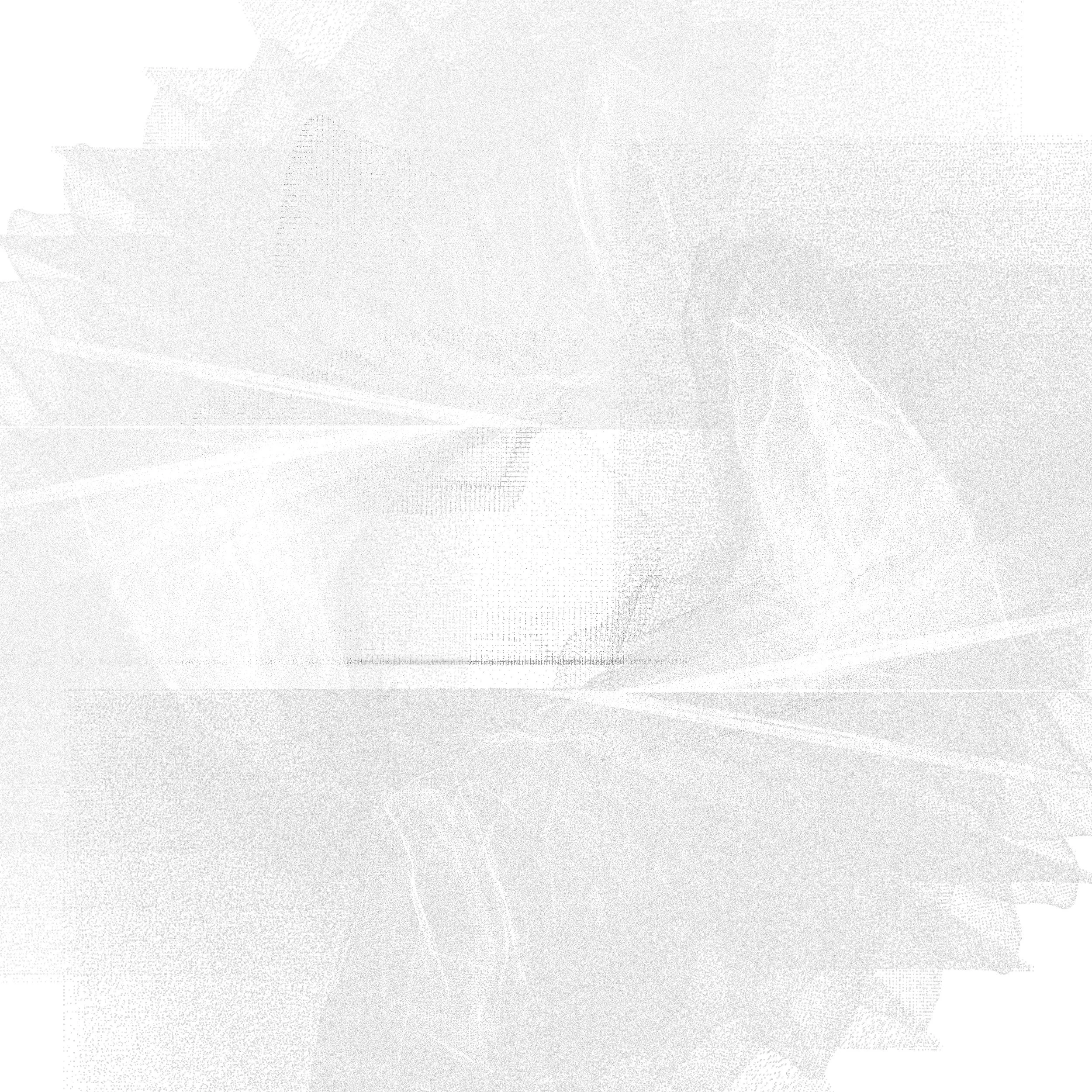Rock Cycle
Drawings are Worlds - 2021
RISD School of Architecture
Fall Drawings Course led by Prof. Shou Jie Eng
A rock contains lots of information about the world we live in. It is formed by organic materials and through the repetition of physical changes. Different densities of chemical compounds such as calcium carbonate, salt, and silica merged in the atmosphere to create a found object known as rock. Through erosion from the surrounding field, the border of the rock begins to break down into a collection of fragments. Fragments are then transported by wind, water, ice, or biological activity to a new location away from their enclosed source.
Utilize scripts and algorithms to represent the rock cycle. Each surface of the rock was shaped and manipulated by unique exposure to the environment. Variations in point clouds behavior act as physical changes of the rock away from their original form. The rotational movement portrays the rock cycle of melting, cooling, eroding, compacting, and deforming. From these drawings, we can conceptualize the rock at different stages of life.
Despite the initial constraints of documenting Louis only through lidar scan as the implementation of the drawing machine. Each drawing was wrapped around the painted rock with colors on each surface to represent its unique DNA. This method disrupted the relationship between parts within drawings and connected drawings that don't have the rock surfaces drawn in them.
Through drawing, we can resonate with the world through a rock. How wide we can view the world determines by our acceptance and imagination.









